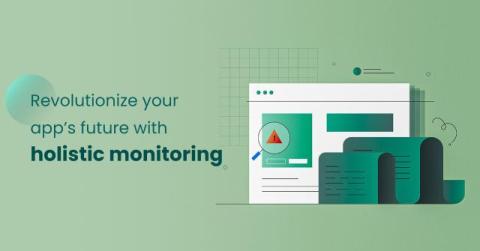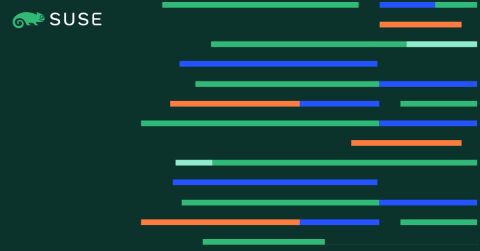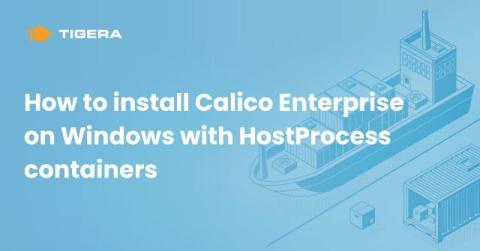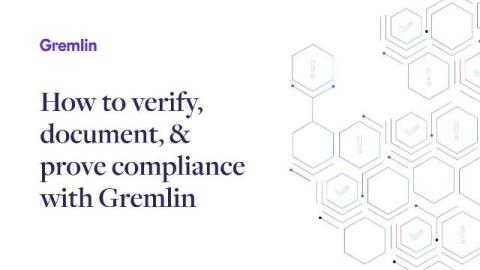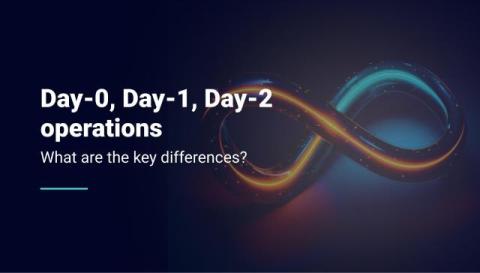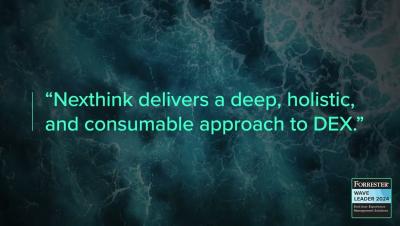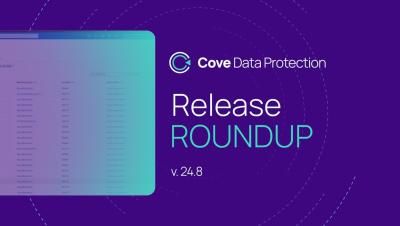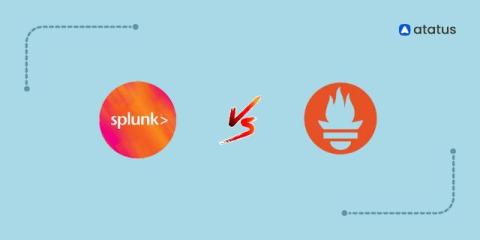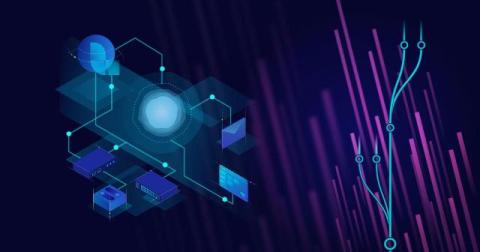Why holistic monitoring is the key to future-proof your application
The days of monolithic applications and simple monitoring tools are gone. With the arrival of public and private cloud infrastructure and hyperconnectivity on Edge devices, organizations struggle to scale their applications, identify issues before it affects their customers, and to maintain their SLA s. Enter a pplication p erformance m onitoring(APM), a game-changer in the realm of IT operations.


